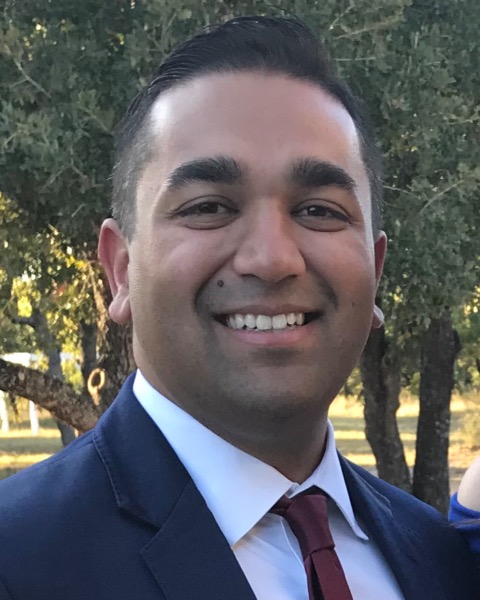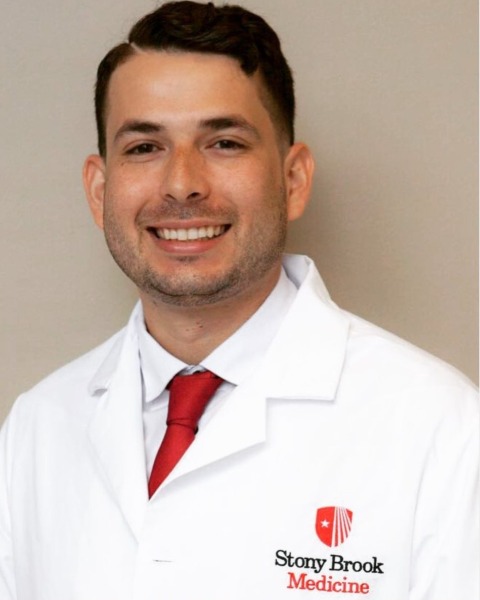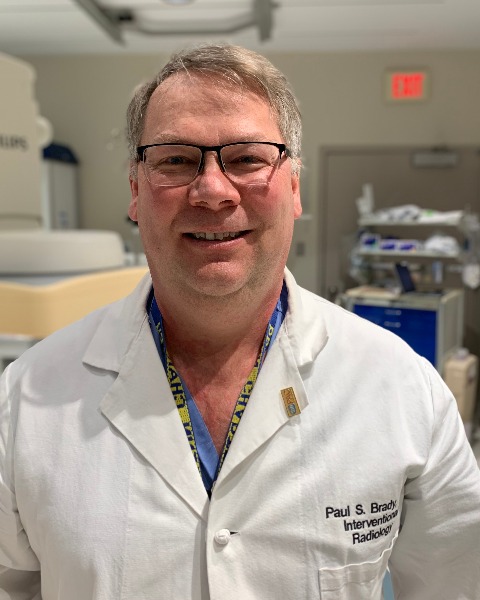Neurointerventional Radiology
Middle meningeal artery embolization for the treatment of chronic subdural hematomas: a case series
- SL
Shiyi Li, MD
Integrated IR/DR Resident Physician
Einstein Medical Center, Jefferson HealthDisclosure(s): No financial relationships to disclose

Akash Desai, MD
Integrated Resident
Einstein Health Care Network
Isael Perez, Jr., MD
Independent IR Resident Physician
Einstein Medical Center - Thomas Jefferson- AA
Alexander Anavim, MD
Integrated IR/DR Resident Physician
Einstein Medical Center, Jefferson Health 
Jung H. Yun, MD
Integrated IR/DR Resident Physician
Einstein Medical Center, Jefferson Health- SD
Sagar Desai, DO (he/him/his)
IR/DR Resident
Jefferson Einstein Hospital 
Paul Brady, MD (he/him/his)
Attending Physician, Director of Interventional Radiology
Albert Einstein Health Care Network
Abstract Presenter(s)
Author/Co-author(s)
1. Retrospectively analyze the efficacy, complication rate and recurrence rate of middle meningeal artery (MMA) embolization for treatment of chronic subdural hematoma (cSDH) in 19 patients who underwent the procedure at our institution. 2. Discuss relevant technical and anatomic considerations for MMA embolization. 3. Review current literature on outcomes of cSDH treatment with surgery versus MMA embolization.
Background:
cSDH is a common traumatic disease among the elderly associated with high morbidity. Surgical evacuation is the standard of treatment but is associated with significant morbidity and up to 9% complication rate and 28% recurrence rate. cSDH evolves from prior acute subdural hemorrhage, in which inflammation and angiogenesis involved in the healing process further generate vascularized neomembrane and chronic fluid exudation. The MMA supplies these friable neovessels as it traverses the dura and has been reported to be enlarged in patients with cSDH. Although techniques vary across institutions, 200-300um microparticles are usually injected into the target MMA until stasis is achieved on angiogram.
Clinical Findings/Procedure Details:
Retrospective analysis of treatment outcome was performed on 19 patients who underwent MMA embolization for cSDH treatment since 2019 at our institution. There were 0 complications and 3 recurrent subdural hematomas (15%) that required either surgery or repeat MMA embolization. Complete resolution of cSDH was achieved in 10 patients (50%), with average duration to achieve resolution 7.7 months. 12 patients had midline shift prior to the procedure and 8 patients achieved complete resolution post-procedure (67%). The longest recurrence-free duration within this patient cohort was 3 years. The average percent reduction in hematoma size was 12% at 1-3 days, 9% at 2-3 weeks, 39% at 1-2 months and 77% at 3-4 months. Careful review of MMA anatomy on angiogram is required to successfully embolize all sources to the cSDH while avoiding important arterial anastomoses and cranial nerves.
Conclusion and/or Teaching Points:
MMA embolization for cSDH was associated with no complications, low recurrence rate and reliable hematoma size reduction in this case series. Especially among high-risk surgical patients, MMA embolization should be considered a reliable alternative therapy for cSDH management.

.jpg)
.png)
.jpg)
.png)
.jpg)
.png)
.png)
.png)
.png)